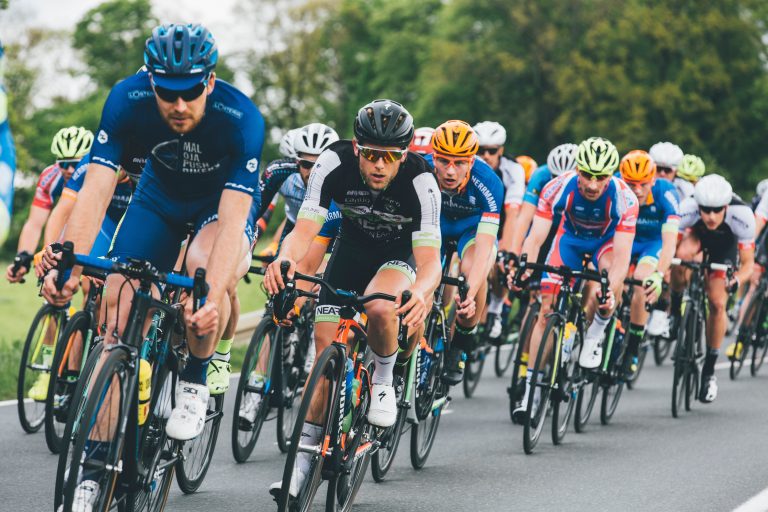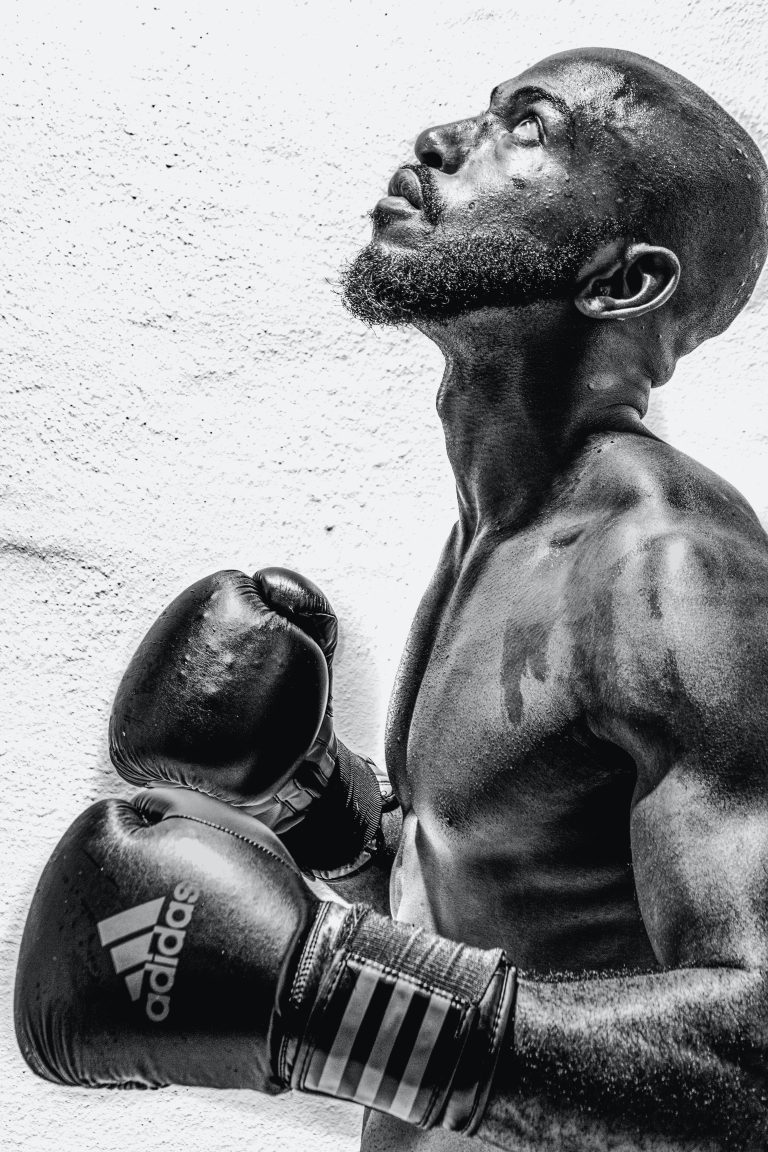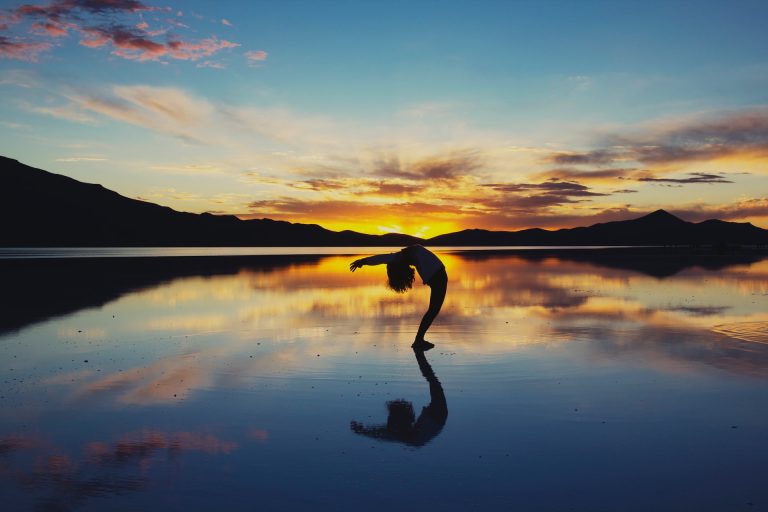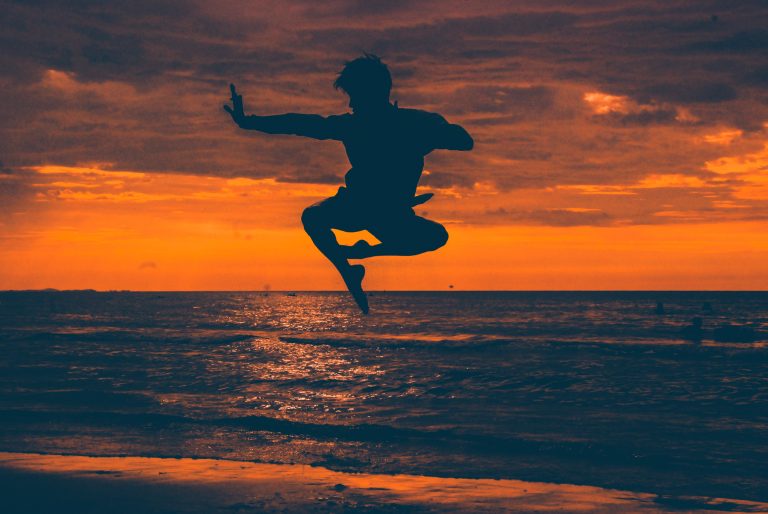Karate 101: What Is Karate and What Are Its Benefits?
Karate is a form of martial arts that originated in Okinawa, Japan, focusing on self-defense, mental discipline, and physical conditioning. In its modern iteration, karate is one of the most widely recognized and studied martial arts worldwide, with millions of practitioners propelling its growth and development over time. While it has been demonstrated in martial arts tournaments and competitions, karate is more than simply a series of fighting techniques. It is a holistic discipline that can provide many benefits to practitioners of all ages and fitness levels.
In this article, we’ll answer the question “What is karate and what are its benefits?” We’ll look at the history and evolution of karate and the main karate styles practiced in the modern era. We’ll also discuss the various benefits karate offers, from improved physical health to mental clarity and enhanced self-defense skills.
History of Karate: Origins and Evolution
Karate’s roots trace back to ancient Okinawa where it was developed using ancient methods of self-defense and combat as practiced by the local people, combined with input from Chinese martial arts. In the late 1800s, a man named Gichin Funakoshi journeyed to mainland Japan to teach and demonstrate this new form of martial arts. Funakoshi eventually settled in Tokyo, becoming the founder of Shotokan Karate which has become one of the major styles of karate still practiced today.
Karate was fairly unknown in the West until after World War II when many American servicemen returned home with tales of this effective form of self-defense. By the 1950s, there were karate dojos all over the US, introducing a new generation to the discipline. From there, karate has spread throughout the world, evolving and combining with other martial arts and disciplines such as kickboxing and mixed martial arts.
Main Karate Styles
Karate is divided into two main styles: “hard” and “soft” techniques. Hard techniques are physically demanding, utilizing powerful striking techniques such as blocks and punches designed to stop an attacker in their tracks. Soft techniques emphasize footwork and evasive moves to outmaneuver an attacker rather than engage him in physical confrontation.
Outside of these two main categories, there are many different styles of karate each with their own unique approach to the discipline. Here are some of the major styles practiced today:
- Shotokan: Developed by Gichin Funakoshi, shotokan is the most popular style of karate in the West with an emphasis on linear forms and powerful strikes.
- Goju-ryu: This style utilizes both soft and hard techniques as well as a focus on both mind/body coordination and deep breathing exercises.
- Wado-ryu: Wado-ryu is based more on jujitsu than most versions of karate, emphasizing fast blocks and counters.
- Kyokushin: Developed by Masutatsu Oyama in the 1940s, Kyokushin focuses on full-contact combat, encouraging practitioners to get up from knockdowns and continue fighting.
- Shito-ryu: Utilizing both long-range and close quarter tactics, Shito-ryu employs fast punches and powerful blocks while also focusing on mental training.
Benefits of Karate
Many people practice karate for its physical benefits. Karate lessons involve aerobic exercise such as stretching, pad work, or sparring that helps build endurance and strength. Karate technique training also builds muscle strength and can even improve balance. But there are many other benefits to karate that extend far beyond physical fitness.
Mental Fitness
Karate is more than just a physical activity; it’s also a mental workout. Karate practitioners must adhere to various rules such as respect for others, humility, and self-control that develop both body and mind. Mental discipline is required for practitioners to master techniques and learn how to react in a variety of situations in the dojo or on the street. Furthermore, regular practice can help improve focus, patience, decision making skills, and problem solving abilities over time.
Self-Defense Skills
Karate is widely recognized as an effective method of self-defense due to its emphasis on blocking techniques that could neutralize an attacker. Punches and kicks are trained with accuracy but can also be delivered with force when required. As such, karate can be used to effectively defend yourself against people or even animal attacks.
Enriched Self-Confidence & Personal Development
Karate cultivates respect for both one’s self and others; so beyond providing self-defense skills, it encourages self-discovery, development of character traits—such as confidence, discipline, and focus—and greater emotional balance. As practitioners become more competent in karate execution, they benefit from improved self-confidence seeing that they are able to control their body movements while facing difficult situations or opponents. It can be an exciting experience training in a safe environment with guidance from experienced teachers who provide empowering critiques that unlocks potential students never knew they had.
Fun & Social Community
The dojo is often a friendly place where all practitioners help one another regardless of skill level or rank. As such, karate classes provide opportunities to meet new people or old friends during social events or tournaments that are part of the culture alongside classes or practice sessions. Therefore, karate can help create life-long friendships through enjoyable activities among members which extend into both professional and personal life spheres.
Conclusion
Karate is an accessible discipline benefiting practitioners of all ages and skill levels; more than just physical fitness or self-defense skills, it promotes personal growth through mental training and emotional support from a welcoming community of peers. Furthermore, as more people join the global community of karate practitioners each year, various branches of this traditional martial art form continue to gain recognition worldwide for its physical training systems combined with philosophical principles like respect for oneself and others.
Sources:
[1] https://www.japaneseswordindex.com/the-history-of-karate/
[2] https://www.britannica.com/topic/karate
[3] https://www.shodanhauskarateacademy.com/styles-of-karate/
[4] https://www.yourdojo.com/blog/how-to-train-for-aikido-the-benefits
[5] https://www.blackbeltmag.com/thetruthaboutkaratebenefits/
Karate 101: What Is Karate and What Are Its Benefits?
Karate is a martial art that has been around for centuries. It was developed in Okinawa, Japan, and has since spread all over the world. The word „karate“ means „empty hand“, which signifies the use of the body as the only weapon.
Karate is known for its physical and mental benefits. It is a great way to stay in shape and also helps to develop discipline, focus, and confidence. In this blog post, we will answer some of the most frequently asked questions about karate and its benefits.
What is Karate?
Karate is a martial art that focuses on using the body as a weapon. It incorporates techniques such as punches, kicks, blocks, strikes, and throws. It is a form of unarmed combat that relies on speed, agility, and strength.
Karate originated in Okinawa, Japan, in the late 19th century. It was developed as a form of self-defense against invading forces. Over time, it evolved into a popular martial art and a competitive sport.
What are the benefits of practicing Karate?
There are many benefits to practicing karate. Here are some of the most significant ones:
- Improved physical fitness: Karate is a great cardiovascular workout that can help improve endurance, strength, and flexibility.
- Increased confidence: Karate requires discipline and dedication, which can help build self-confidence and self-esteem.
- Better focus and concentration: Karate requires concentration and focus, which can help improve mental clarity and focus.
- Self-defense skills: Karate teaches practical self-defense skills that can help protect you in dangerous situations.
- Reduced stress: Karate can be a great stress reliever, helping to reduce stress and anxiety.
Is Karate Safe?
Karate is generally considered a safe activity when practiced within the proper guidelines. It is important to practice under the supervision of a qualified instructor and to follow proper safety protocols, such as wearing protective gear and using proper techniques.
However, as with any physical activity, there is always a risk of injury. It is essential to listen to your body and not push beyond your limits. If you have any health conditions or concerns, it is important to consult with your doctor before starting any new exercise program, including karate.
How long does it take to learn Karate?
The time it takes to learn karate varies depending on several factors, including age, physical condition, and dedication to training. On average, it can take several years to achieve a black belt, which is the highest level of achievement in karate.
It is important to remember that karate is a lifelong journey of learning and self-improvement. The process of learning karate is just as important as the end goal of achieving a black belt.
What should I expect in my first karate class?
Expect to learn basic techniques such as punches, kicks, stances, and blocks. You will also learn proper breathing techniques and focus on developing good form and technique.
Your instructor will likely provide you with a loose-fitting uniform called a gi, which is worn during training. Your first class will likely focus on learning the basics and getting comfortable with the movements.
Conclusion
Karate is a great way to improve your physical and mental health. It requires discipline and dedication, but the benefits are well worth the effort. Whether you are looking to learn self-defense skills or just want to get in shape, karate may be the perfect activity for you. Remember to always practice under the guidance of a qualified instructor and follow proper safety protocols to ensure a safe and rewarding experience.
Inhaltsverzeichnis






